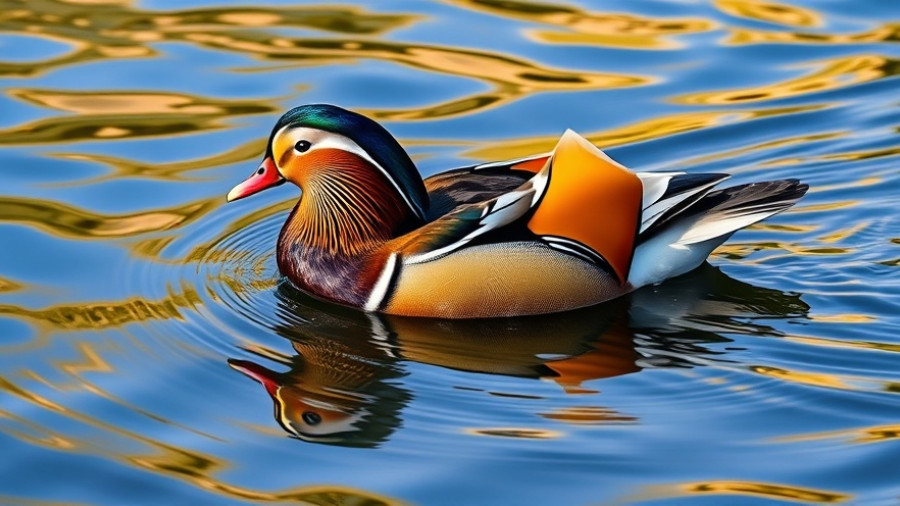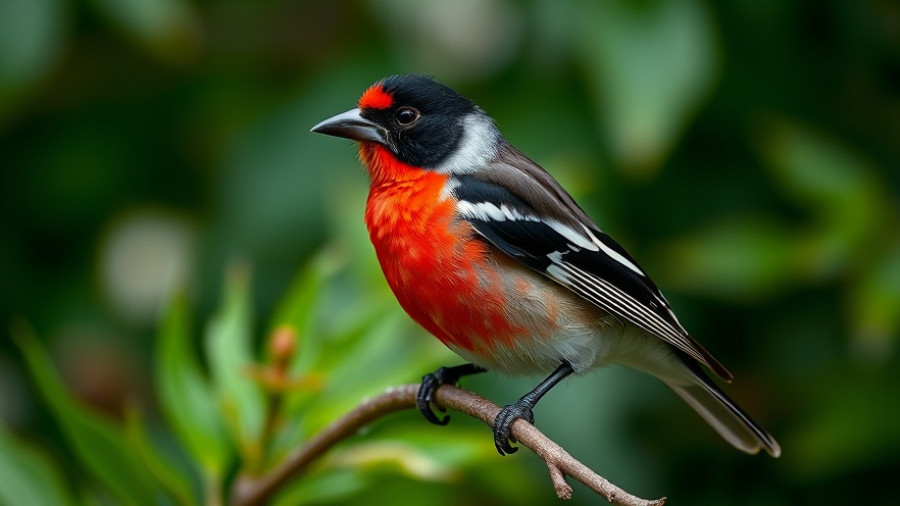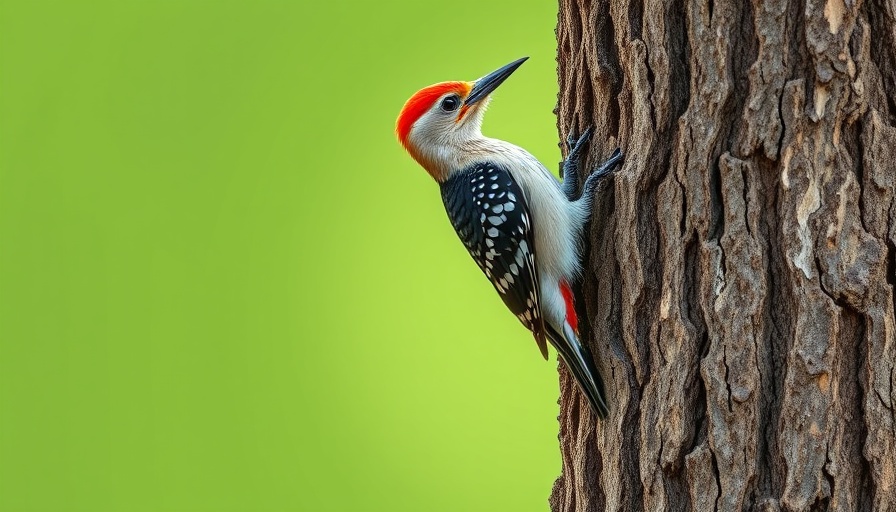
Exploring the Vibrant World of Bird Feathers
Birds are some of nature's most spectacular artists. From the shimmering hues of a peacock's plumage to the brilliant twists of color on a Bufflehead's feathers, avian iridescence captivates our imaginations. Have you ever wondered how something so small can display all the colors of a rainbow? The answer lies in the structure of their feathers.
The Magic of Iridescence
The term 'iridescence' describes how certain surfaces—like the feathers of birds—can change color when viewed from different angles. This phenomenon is evident in birds like the Bufflehead, whose glossy black head feathers can flip through a range of vivid colors under sunlight. In fact, the male Bufflehead exhibits deep violets, greens, and golds, showcasing nature's paintbrush in action.
Beyond the Spotlight: Hidden Gems
Not all iridescent beauties are flashy. Take the Common Grackle, for example. Although it may not catch your eye at first, in the right light, it gleams with shades of gold and green. Likewise, the often-overlooked Rock Pigeon may seem gray and dull but can reveal stunning electric teal and lavender tones when illuminated properly. This surprises many urban dwellers who often regard pigeons simply as city nuisances rather than unique avian wonders.
The Importance of Color in Nature
Color isn't just for show; it plays a vital role in the evolutionary strategies of birds. Brightly colored feathers can attract mates, signal health and vitality, or serve as a means of camouflage within their environment. This multifaceted use of color highlights the interconnectedness of life in ecosystems, reminding us why understanding and appreciating these creatures is crucial.
Takeaway: Nature's Palette Awaits
So next time you encounter a bird, take a moment to notice the subtle colors and iridescence of its feathers. It's an invitation to see the world through a different lens—one filled with the hues of nature's palette. As we deepen our connection with wildlife, we foster a greater appreciation for the beauty and complexity of our shared environment.
 Add Row
Add Row  Add
Add 




Write A Comment